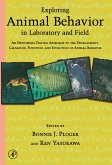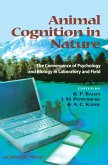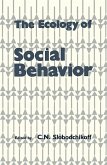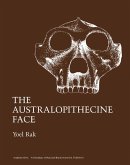This book brings together various summary chapters on the expression of behavioral and neuro-anatomical asymmetries in primates. Several chapters summarize entire families of primates while others focus on genetic and non-genetic models of handedness in humans and how they can be tested in non-human primates. In addition, it makes explicit links between various theoretical models of the development of handedness in humans with the observed patterns of results in non-human primates. A second emphasis is on comparative studies of handedness in primates. There is now enough data in the literature across different species to present an evolutionary tree for the emergence of handedness (and perhaps other aspects of hemispheric specialization, such as neuro-anatomical asymmetries) and its relation to specific morphological and ecological adaptations in various primate species.
* The first treatment of this important topic since 1998
* Examines the tenet that lateralization and handedness is a uniquely human character through evidence from higer and lower primates and with reference to other vertebrates.
* Advances our understanding of the occurrence, evolution and significance of lateralization and handedness effects.
Dieser Download kann aus rechtlichen Gründen nur mit Rechnungsadresse in A, B, BG, CY, CZ, D, DK, EW, E, FIN, F, GR, HR, H, IRL, I, LT, L, LR, M, NL, PL, P, R, S, SLO, SK ausgeliefert werden.









